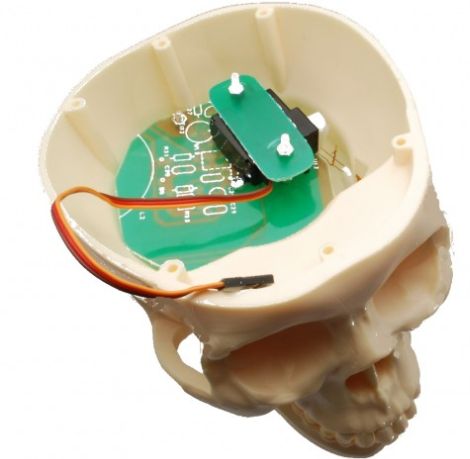Why not that is, if you have a prosthetic arm. Although it’s hard to believe we haven’t seen this before, [Trevor Prideaux], according to [The Telegraph’s] article, “has become the world’s first ever patient to have a smartphone docking system built into his prosthetic arm.”
[Trevor] was born without a forearm, and, as he puts it, he’s used to adapting to things. However, he thought others might be struggling with the same problem, especially those that become disabled later in life. Once their help was secured, Nokia and the Exeter Mobility Centre got to work on his new limb and produced a prototype in five weeks!
[Trevor] is quite pleased with his new phone docking system. Texting especially is much easier and safer, and the phone can be removed when needed for making calls. We love to see hacks like this where people enhance their abilities using technology! For another hack helping those with disabilities, check out this wheelchair elevator/winch made for a non-accessible apartment.















